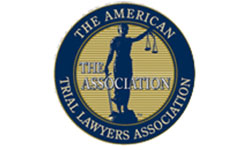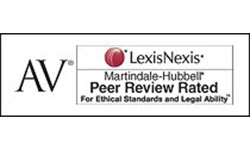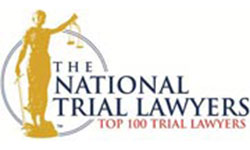The Dynamics and Complexity of CSAM
CSAM crimes extend beyond the initial abuse. Once recorded, the material can be duplicated, shared, and stored indefinitely, causing ongoing victimization every time it is viewed.
Survivors often experience:
- Guilt or shame, even though they bear no responsibility for the abuse.
- Relationship challenges, including difficulty with intimacy or trust.
- Mental health effects, such as PTSD, depression, and anxiety.
- Physical manifestations of trauma, including disordered eating or substance abuse.
The abuse thrives in part because of systemic gaps:
- Inadequate monitoring and content removal by online platforms.
- Overwhelmed law enforcement agencies are unable to investigate every report.
- Institutions are failing to enforce safeguarding policies or act on red flags.
Child Pornography Laws in the U.S.
U.S. federal law criminalizes the production, distribution, and possession of CSAM, with penalties that can include decades in prison. Key statutes include:
- 18 U.S.C. § 2251 – Criminalizes the sexual exploitation of children for the creation of visual depictions.
- 18 U.S.C. § 2252 & § 2252A – Address the transport, distribution, and possession of CSAM.
- Mandatory reporting laws – Certain professionals, such as teachers & healthcare providers, are legally bound to report suspected abuse cases.
State laws often complement federal statutes, sometimes with longer statutes of limitations (SOL) for cases involving minors or delayed discovery of the abuse.
CSAM Consequences Under Federal Law
Child pornography offenses carry some of the harshest penalties under U.S. federal law. Producing CSAM can lead to a mandatory minimum of 15 years in prison, with sentences up to 30 years. Transporting, distributing, or receiving such material typically carries 5–20 years, while possession alone can mean up to 10 years behind bars.
Penalties increase if the offender has prior convictions, if the victims are especially young, or if the material is particularly violent or exploitative. In addition to prison time, convicted offenders are required to register as sex offenders, often for life.

















